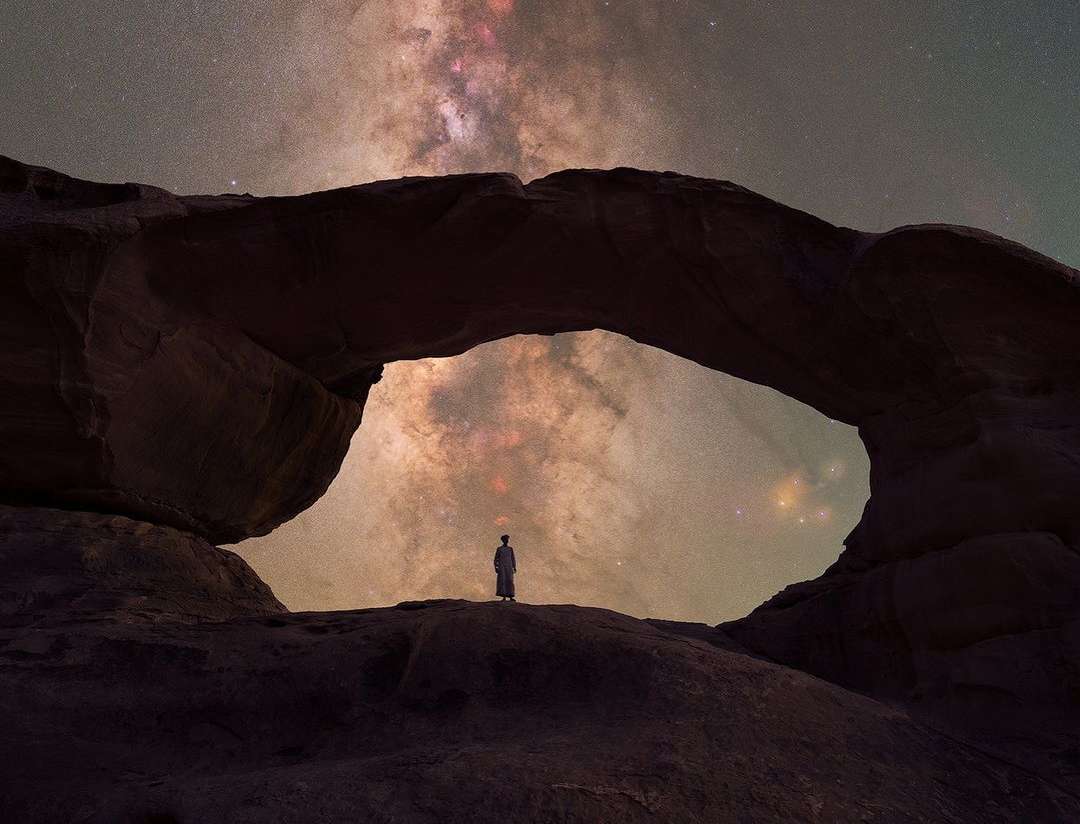
Wadi Rum Weather: What to Expect Throughout the Year
Wadi Rum Weather: What to Expect Throughout the Year
Wadi Rum's climate is typical of desert regions, with significant temperature variations between day and night, and across different seasons. Understanding the weather patterns will help you plan your visit and pack appropriately.
Summer (June to August)
Temperature: Summer in Wadi Rum is extremely hot, with daytime temperatures regularly exceeding 40°C (104°F). Nights cool down to around 20-25°C (68-77°F).
Precipitation: Virtually none. Summer is the driest time of year.
What to expect: Intense heat during the day makes outdoor activities challenging between 11 AM and 4 PM. Early morning and evening activities are recommended. The clear night skies offer exceptional stargazing opportunities.
Packing tips: Lightweight, loose-fitting clothing, high SPF sunscreen, sunglasses, wide-brimmed hat, and plenty of water. A light jacket might be needed for evenings.
Autumn (September to November)
Temperature: Autumn brings more moderate temperatures, with daytime highs of 25-35°C (77-95°F) and night temperatures of 10-20°C (50-68°F).
Precipitation: Very little, though occasional brief showers might occur in late November.
What to expect: This is one of the best times to visit Wadi Rum, with comfortable temperatures for exploring during the day and cool, pleasant evenings.
Packing tips: Light clothing for daytime, warmer layers for evenings, sunscreen, and a light rain jacket just in case.
Winter (December to February)
Temperature: Winter days are mild, with temperatures ranging from 10-20°C (50-68°F). Nights can be very cold, dropping to 0-5°C (32-41°F) or even below freezing in January.
Precipitation: This is the "rainy season," though precipitation is still minimal compared to non-desert regions. Occasional short rain showers and even rare snow can occur.
What to expect: Comfortable daytime temperatures for hiking and exploring, but very cold nights. The desert landscape takes on different hues during winter, and the occasional rainfall can bring brief blooms of desert plants.
Packing tips: Warm clothing for layering, including a heavy jacket, gloves, and a warm hat for nights. Waterproof footwear and a rain jacket are advisable.
Spring (March to May)
Temperature: Spring temperatures are pleasant, ranging from 20-30°C (68-86°F) during the day and 10-15°C (50-59°F) at night.
Precipitation: Occasional light rain in March, becoming increasingly rare as the season progresses.
What to expect: Along with autumn, spring is considered the best time to visit Wadi Rum. The temperatures are ideal for outdoor activities, and if there has been winter rain, you might see desert wildflowers in bloom.
Packing tips: Light to medium-weight clothing, with layers for evening temperature drops. Sunscreen remains essential.
Wind Patterns
Wadi Rum can experience strong winds, particularly in the transitional seasons. Sandstorms are possible, though relatively rare. If you encounter a sandstorm, seek shelter and cover your nose and mouth.
Climate Change Impact
In recent years, Wadi Rum, like many desert regions, has experienced more extreme weather events due to climate change. This includes more intense heat waves in summer and occasionally more erratic rainfall patterns.
Best Time to Visit
For most travelers, the ideal times to visit Wadi Rum are:
Planning Around Weather
Remember that regardless of when you visit, desert temperatures always drop significantly at night, so bringing layers is essential year-round.
